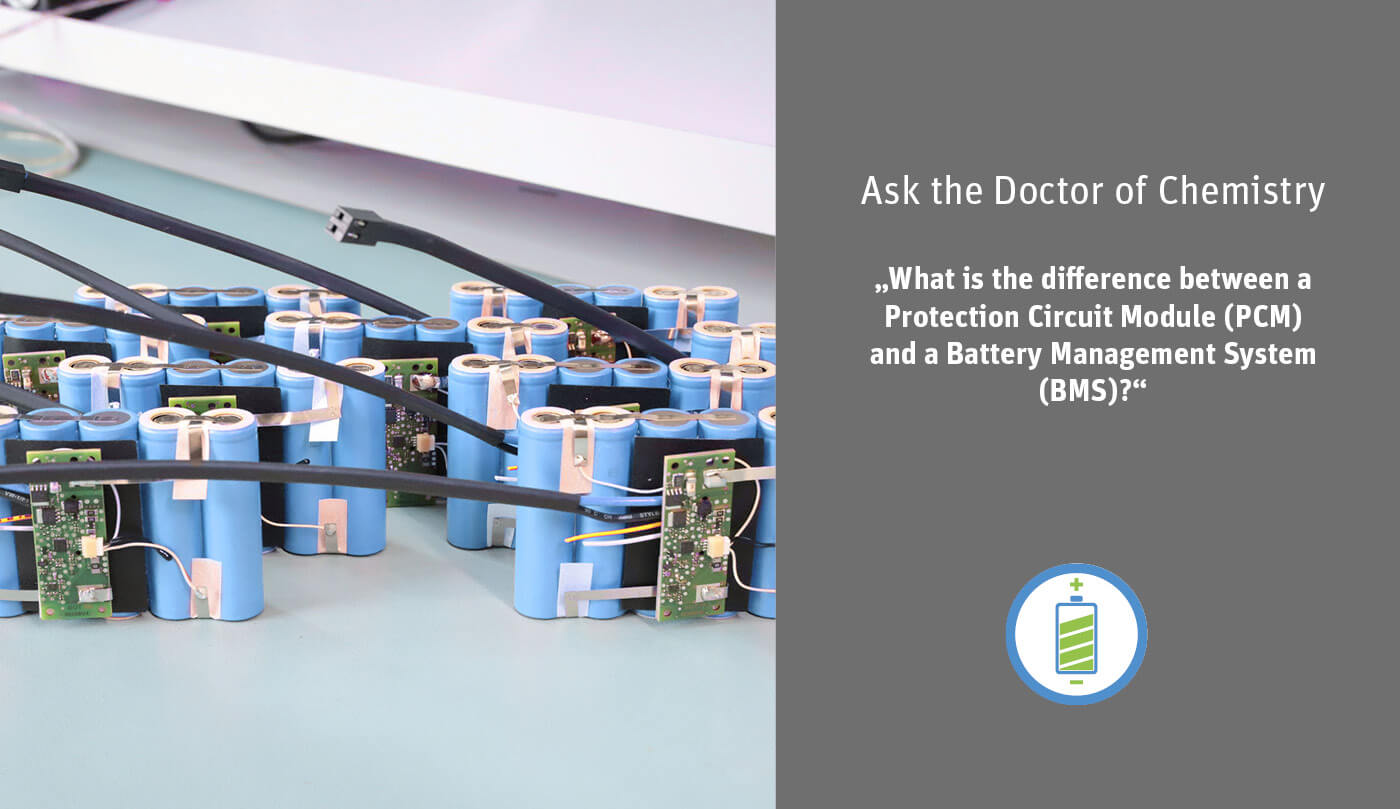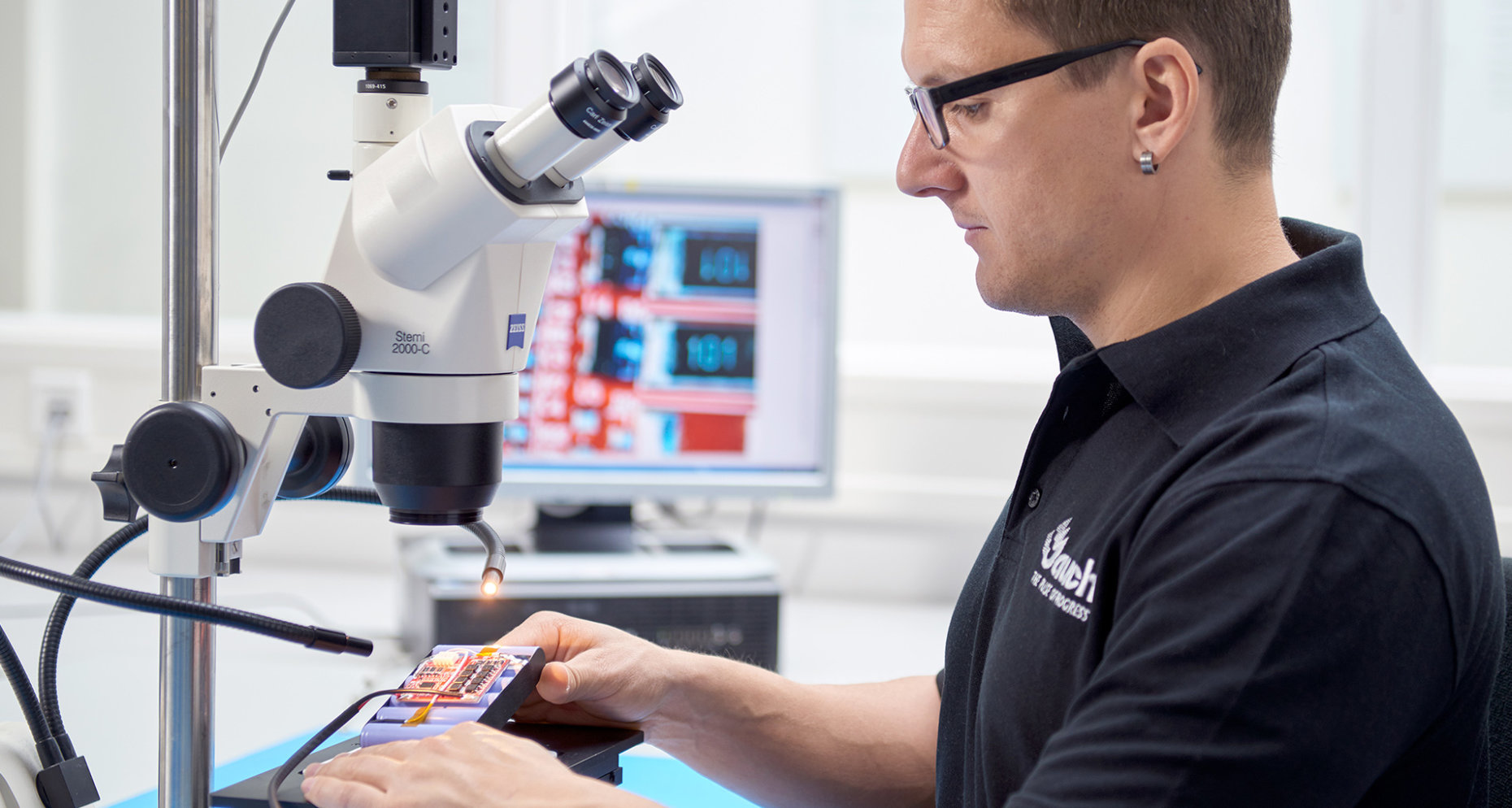Insights into the daily tasks of a project manager: The first steps in battery development projects
In the consumer sector, the decision for the right battery is made quickly. There are standard batteries which fit in consumer applications. However, in the industrial or medical technology sector, the situation is different. For these applications, “off-the-shelf” batteries are often not suitable. There are special requirements concerning safety or space. The solution: individually developed
- Published in Battery Technology
What is the difference between a Protection Circuit Module (PCM) and a Battery Management System (BMS)?
When developing battery packs, the question arises as to which safety system the pack should be equipped with. Is a Protection Circuit Module (PCM) sufficient? Or should a Battery Management System (BMS) be integrated? What are the differences between the mechanisms? And what advantages and functions does which protection mechanism offer? The answer here, as
- Published in Battery Technology

Customer Success Story: A Powerful Lithium-Ion Battery for HKK Bionics
Everyday activities such as tying shoes or eating with knife and fork are almost impossible for patients with paralyzed or weakened hands. The German-based start-up HKK Bionics is aiming to help these people with its newly developed hand orthosis. “Our exomotion® hand one is a kind of motorized partial glove with forearm splint,” explains Dominik
- Published in Battery Technology, Customer Success Stories
6 Important Parameters for the Design-In of Lithium Polymer Batteries
A standardized battery fits into any compatible compartment – after all, that’s why standards are defined. Depending on the application, however, button cells and cylindrical batteries reach their limits. A Smartwatch, for example, has a significantly higher energy consumption than an ordinary wristwatch. A simple button cell is therefore far from sufficient to cover the
- Published in Battery Technology


 Deutsch
Deutsch 

